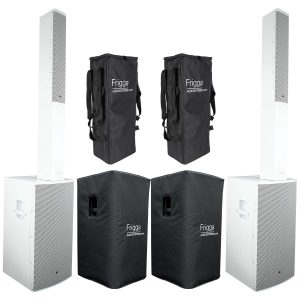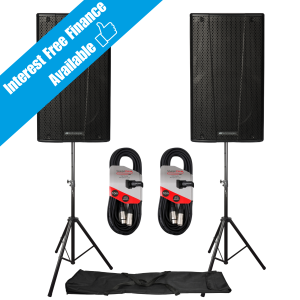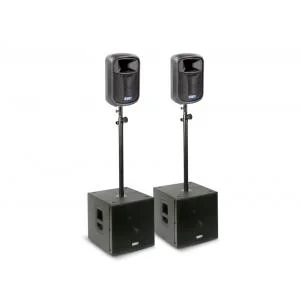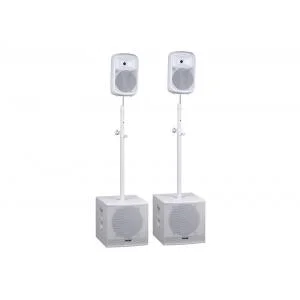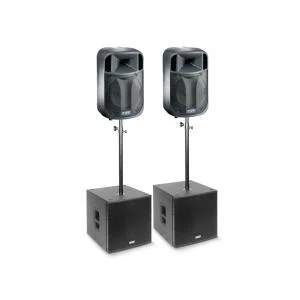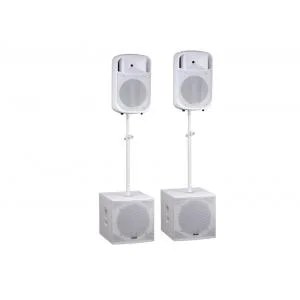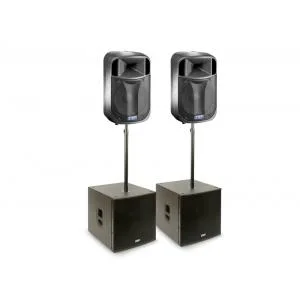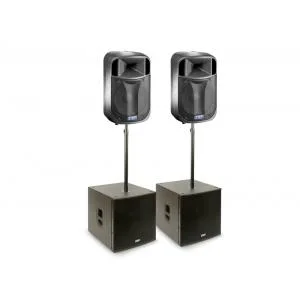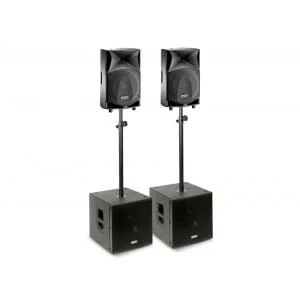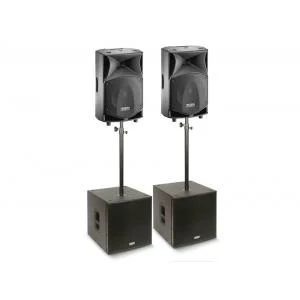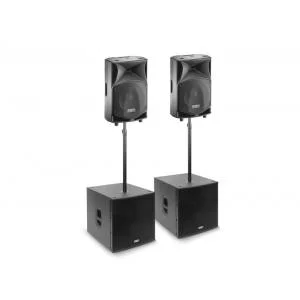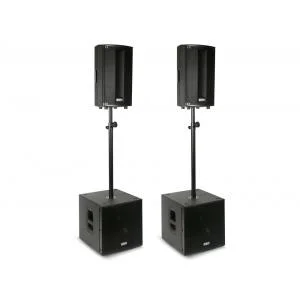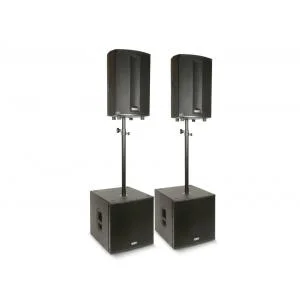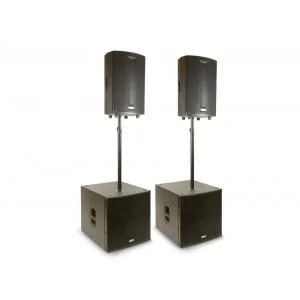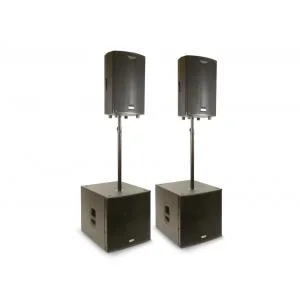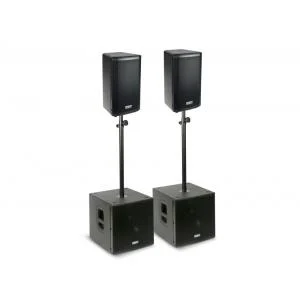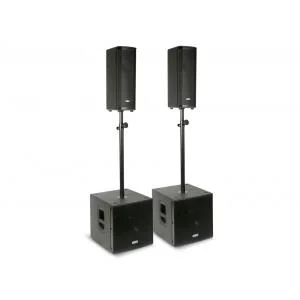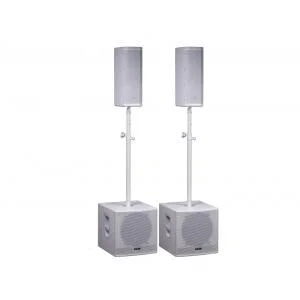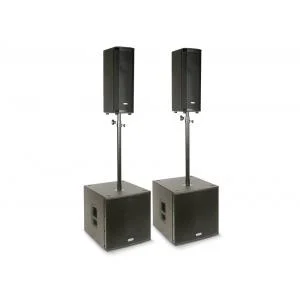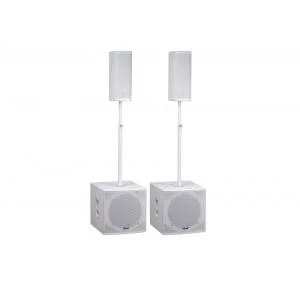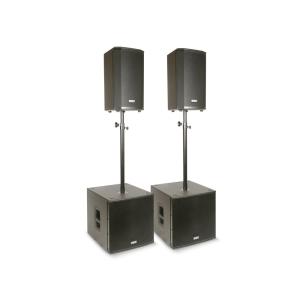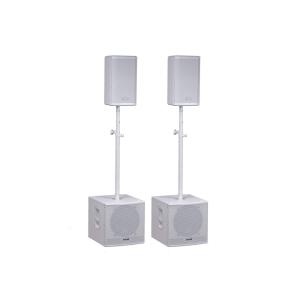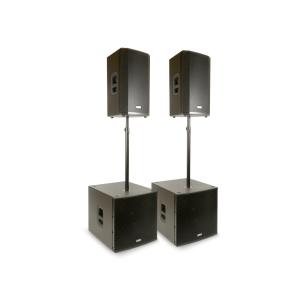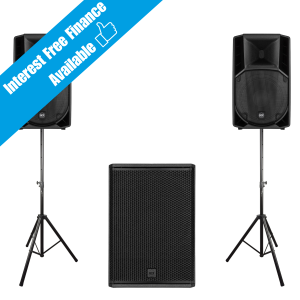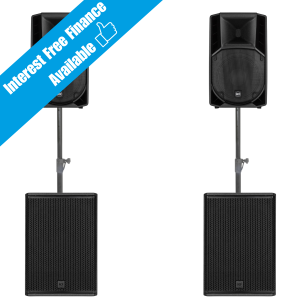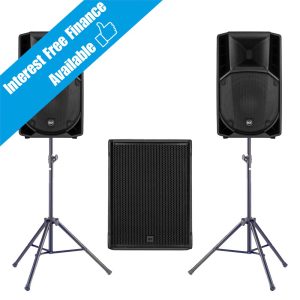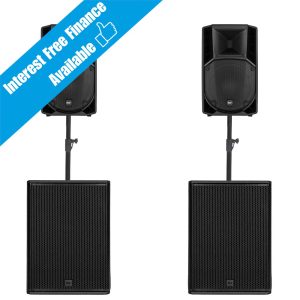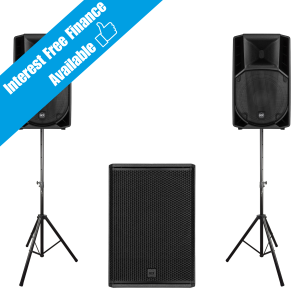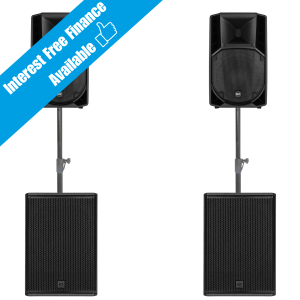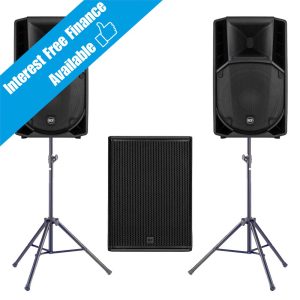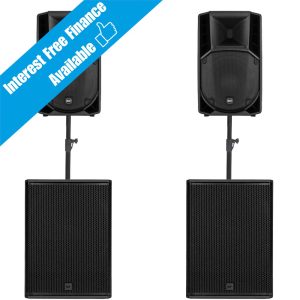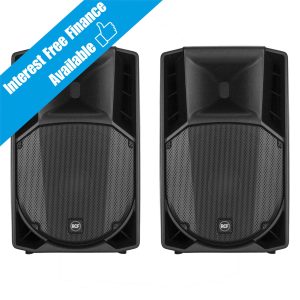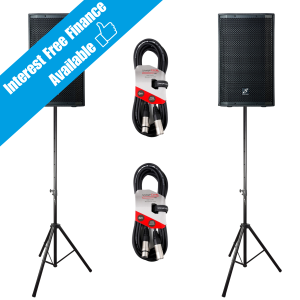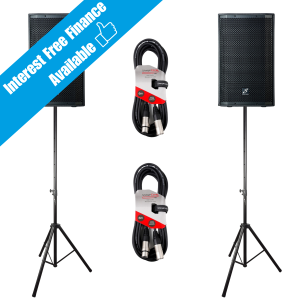RMS & Peak Watts
What’s the Difference Between RMS and Peak Watts? Root mean square (RMS) and peak power ratings are basic power-handling terms. If you’re looking to build a high-performance entertainment system, you should understand exactly what they represent.
In the consumer electronics world, you will often hear about watts, power handling, and power output.
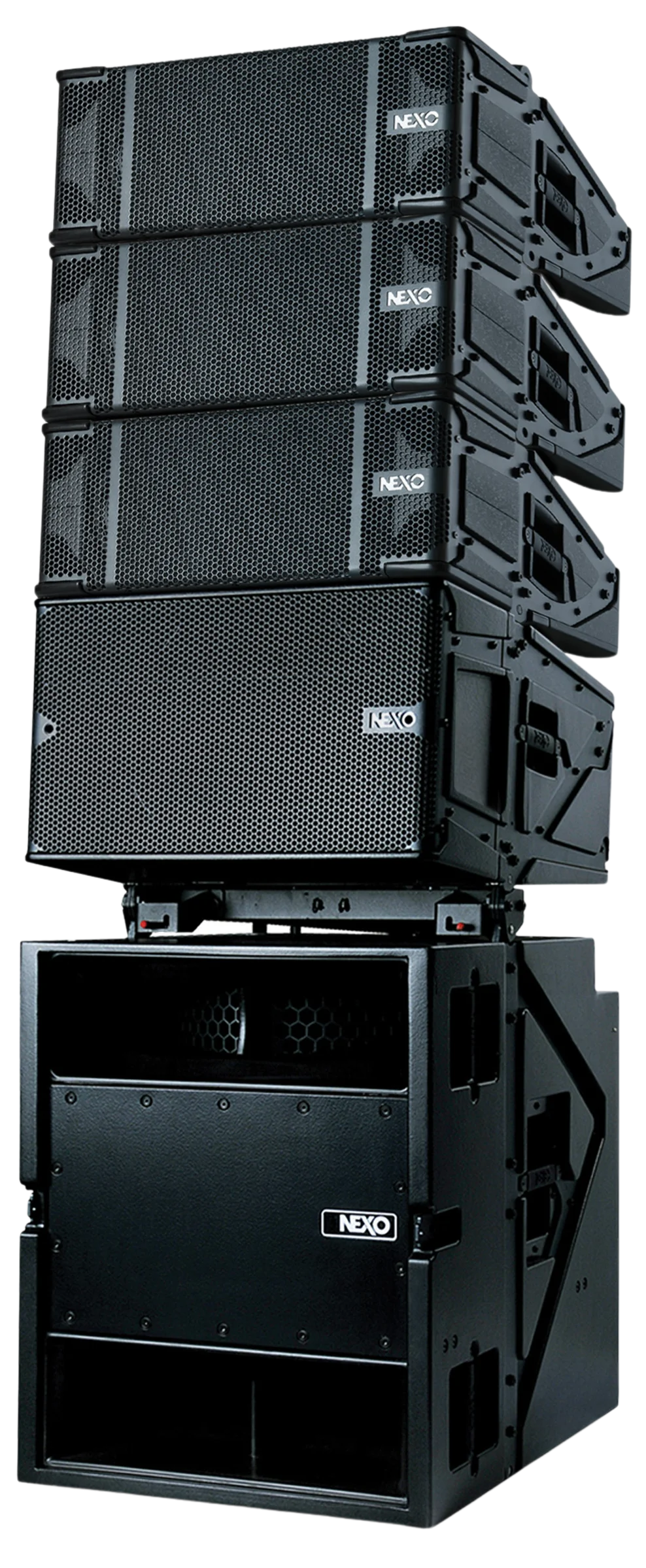
The terms are used interchangeably to refer to two values, that is, root mean square (RMS) and peak power rating. Power rating is among the essential factors that contribute to an ideal sound system. It is, therefore, important to know what these two values refer to whether you’re searching for speakers, amplifiers, or subwoofers.
When looking to build a high-performance entertainment system, most people tend to shop for audio and sound equipment based on the one that has the highest power rating. However, this may prove difficult for starters who don’t understand the difference between RMS and peak watts. Also, some may choose to ignore the ratings and go for brands, but this will affect the final outcome in one way or another.
So, if you’re going to spend your hard cash on a surround-sound speaker, subwoofer, or even an amplifier, you’ll need to have basic information on power ratings. This comprehensive guide will help you understand these two values to assist in you assembling a decent sound system.
RMS Watts Explained
Root mean square or simply RMS watts refers to continuous power handling of a speaker or a subwoofer or how much continuous power an amplifier can output. RMS values are usually lower than peak watts ratings, but they represent what a unit is truly capable of handling. Think of RMS power as the average power that a speaker can handle on a daily basis without compromising sound quality or experiencing any distortion.
Peak Watts Explained
The peak power handling is the highest power level that a speaker or a subwoofer can handle in a short burst without blowing. The same holds for amplifiers as the absolute highest amount of power they can put out before failing or without resulting in distortion.
We can think of peak watts as the number atop of your car’s speedometer. For example, you can drive for maybe 180km/h, but you can’t sustain that speed for long without causing mechanical or thermal damage to the car. In the same way, the peak power level can only be maintained for a fraction of a second, although there’s no clear definition of how long.
If the unit is subjected to constant peak power, the wires may overheat, which could quickly damage the voice coils.
Read more here

